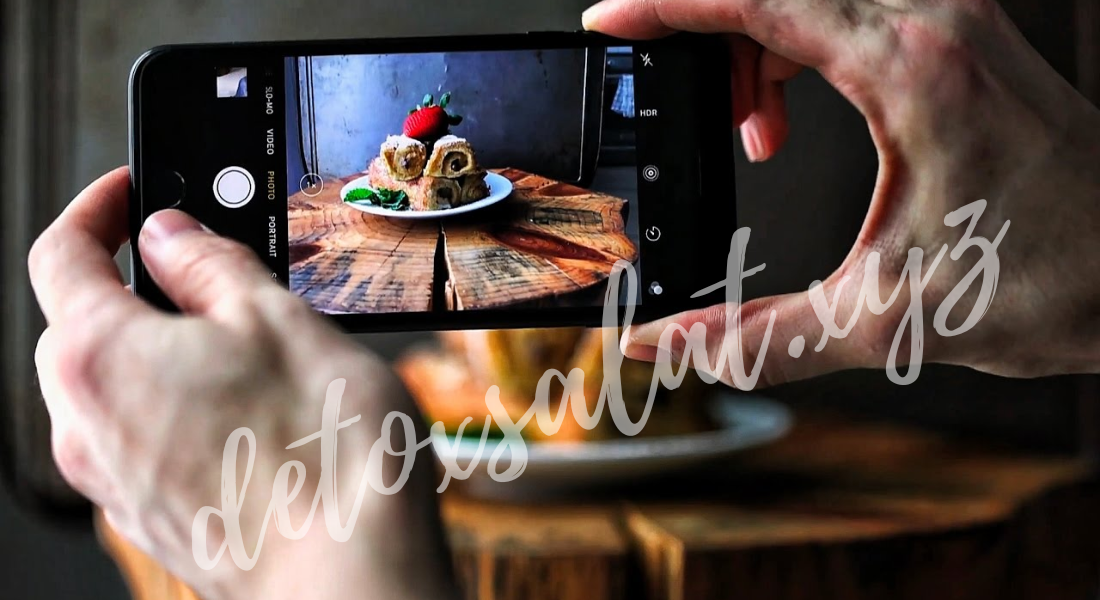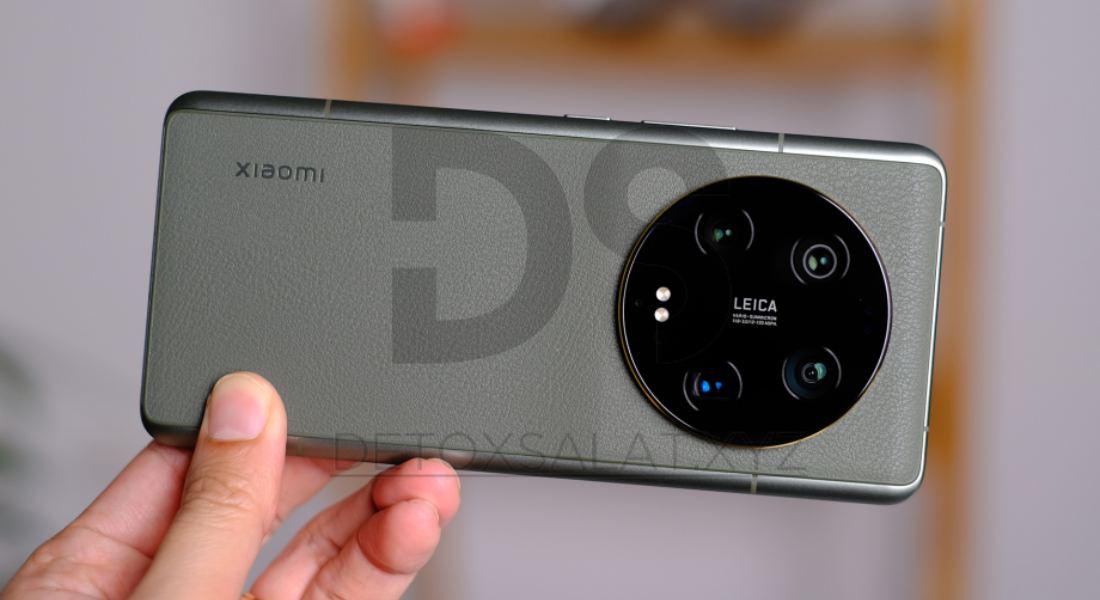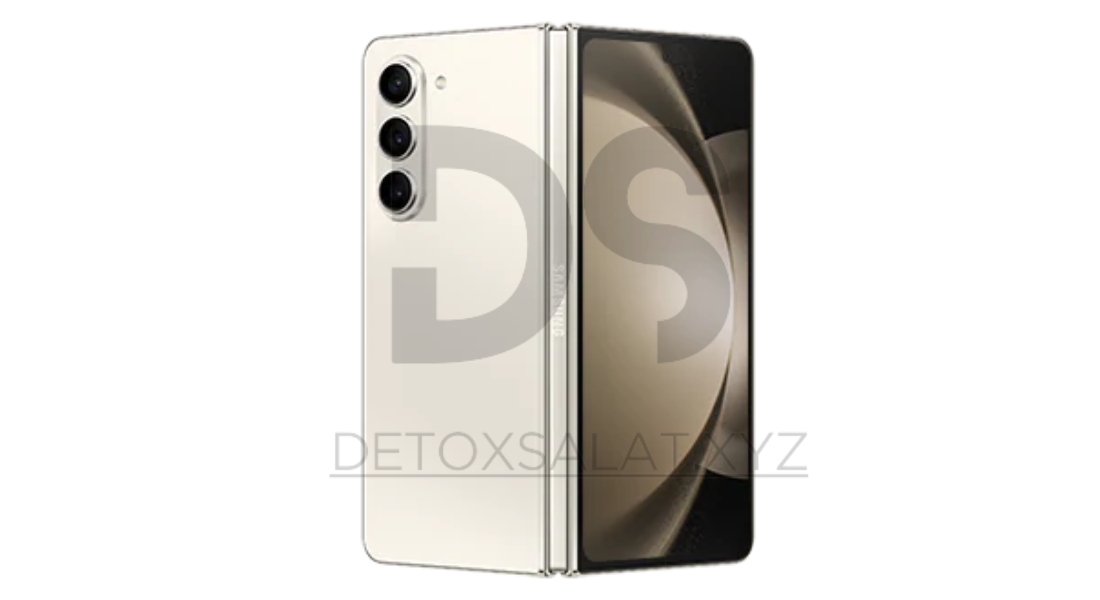iPhone Photography – A Complete Guide to Capturing Stunning Photos
iPhone photography has revolutionized the way we capture and share moments, offering both convenience and high-quality results in a portable device. With advancements in camera technology, iPhones now rival traditional cameras, making it easier than ever to take professional-quality photos. This article provides a comprehensive guide to help you make the most out of your iPhone camera, covering essential tips and techniques for lighting, composition, editing, and much more.
Understanding iPhone Photography Essentials
To get started, it’s important to familiarize yourself with the basics of iPhone photography. The iPhone’s camera technology has evolved significantly, with features like Night Mode, Portrait Mode, and HDR enhancing the quality of images. For iPhone users, these tools are accessible and easy to master, allowing even beginners to achieve exceptional photos.
1. Utilize the iPhone Camera Modes
Apple equips iPhones with various camera modes that suit different types of photography. Here’s a brief overview of the essential modes:
- Portrait Mode: This mode is perfect for capturing professional-quality portraits. It uses depth effect to blur the background, highlighting the subject.
- Night Mode: Ideal for low-light photography, Night Mode automatically brightens up your images without losing detail.
- HDR Mode: High Dynamic Range (HDR) mode balances the exposure in bright and dark areas, creating a more balanced photo.
Familiarizing yourself with each mode will enable you to select the best one based on the lighting, subject, and setting.
Tips for Improving Composition in iPhone Photography
Composition is a critical aspect of photography that can drastically impact the quality of your photos. iPhone photography relies on a few composition techniques to make shots visually appealing and balanced.
1. Rule of Thirds
The rule of thirds is a classic photography principle that divides the frame into nine equal parts using two horizontal and two vertical lines. Positioning your subject along these lines or their intersections creates a more balanced and engaging image. Most iPhones have a grid option in the settings, which can be enabled to aid composition.
2. Leading Lines
Incorporating leading lines, such as roads, pathways, or buildings, directs the viewer’s eye toward the subject. This technique adds depth and dimension to your iPhone photos, making them more dynamic.
3. Symmetry and Balance
Symmetry can add harmony to an image, making it naturally pleasing to the eye. Whether it’s a perfectly symmetrical building or a reflection, symmetry brings a sense of order and beauty to photos.
4. Framing and Depth
Using natural frames like windows or doorways helps to focus attention on the subject and adds depth to the image. This technique is particularly useful in portrait and landscape iPhone photography.
Mastering Lighting in iPhone Photography
Lighting is one of the most crucial elements in photography, and it’s no different with iPhone photography. The way light interacts with your subject can transform an ordinary photo into an extraordinary one.
1. Use Natural Light
Whenever possible, make use of natural light, especially during the golden hours of sunrise and sunset. These times provide a soft, warm light that enhances skin tones and adds a golden glow to outdoor shots.
2. Avoid Flash
While the iPhone flash can be useful in some situations, it often creates harsh lighting and unflattering shadows. Instead, try to increase exposure by adjusting the lighting in the camera settings, or use Night Mode for low-light conditions.
3. Play with Shadows and Reflections
Shadows and reflections can add a creative element to your iPhone photography. Experiment with different light angles and positions to capture unique shadow effects, or use reflective surfaces like water and glass to create visually interesting photos.

Editing Tips to Enhance iPhone Photography
Editing can bring out the best in your photos, enhancing colors, brightness, and sharpness to make images stand out. iPhones come equipped with powerful editing tools within the Photos app, but third-party apps like Snapseed, Lightroom, and VSCO can offer even more flexibility.
1. Use the iPhone’s Built-in Editing Tools
The Photos app offers basic editing options, including exposure, contrast, brightness, and saturation adjustments. These tools are intuitive and easy to use, allowing you to enhance photos quickly.
2. Experiment with Filters
While filters can sometimes be overdone, a subtle filter can elevate an image’s mood. Choose filters that enhance the photo without distorting the original colors or details.
3. Focus on Details
Many editing apps have tools for specific adjustments, like highlighting particular colors or sharpening specific areas. Use these tools sparingly to draw attention to important details without oversaturating the image.
Advanced Techniques in iPhone Photography
Once you’ve mastered the basics, consider exploring more advanced techniques to further improve your iPhone photography.
1. Long Exposure Photography
Using apps like Slow Shutter Cam, you can achieve a long exposure effect on your iPhone. This technique is particularly effective for capturing motion, such as waterfalls or moving clouds, adding a surreal element to your photos.
2. Macro Photography
For close-up shots, a macro lens attachment can help capture small details with precision. These lenses are easily available and compatible with most iPhones, allowing you to photograph details like flowers, insects, and textures up close.
3. Panoramas and Wide Angles
Panorama mode on the iPhone is perfect for capturing landscapes or wide scenes. To avoid distortion, hold your iPhone steady and move it slowly along the scene, ensuring a smooth, continuous shot.
Leveraging Apps to Improve Your iPhone Photography
Numerous photography apps can enhance your iPhone photos, each offering unique tools and effects.
- VSCO: Known for its extensive filter library, VSCO also has powerful editing features.
- Snapseed: This free app by Google offers advanced tools like selective adjustment, healing, and perspective correction.
- ProCamera: ProCamera provides manual control over exposure, ISO, and shutter speed, mimicking DSLR capabilities.
These apps expand the iPhone’s photography potential, giving you greater control over your shots.
iPhone Photography and Social Media
Sharing photos on social media platforms like Instagram and Pinterest has popularized iPhone photography even more. To create photos that stand out, consider these social media-specific tips:
1. Experiment with Square and Vertical Formats
Square and vertical formats tend to perform well on social media platforms, where users often scroll through a feed. Vertical photos, in particular, occupy more screen space and are more likely to catch viewers’ attention.
2. Add Captions and Tags Thoughtfully
For better engagement, pair your photos with thoughtful captions and relevant tags. Descriptive captions and hashtags like #iPhonePhotography or #ShotOniPhone can attract more viewers and increase your reach.
Conclusion: Unleashing the Full Potential of iPhone Photography
iPhone photography offers immense possibilities, whether you’re a casual photographer or a serious hobbyist. By mastering composition, lighting, and editing, you can create stunning photos that capture life’s moments beautifully. With the right techniques and a creative mindset, iPhone photography can become an enjoyable and rewarding pursuit. Now, it’s time to grab your iPhone, explore new settings, and see the world through your camera lens.


